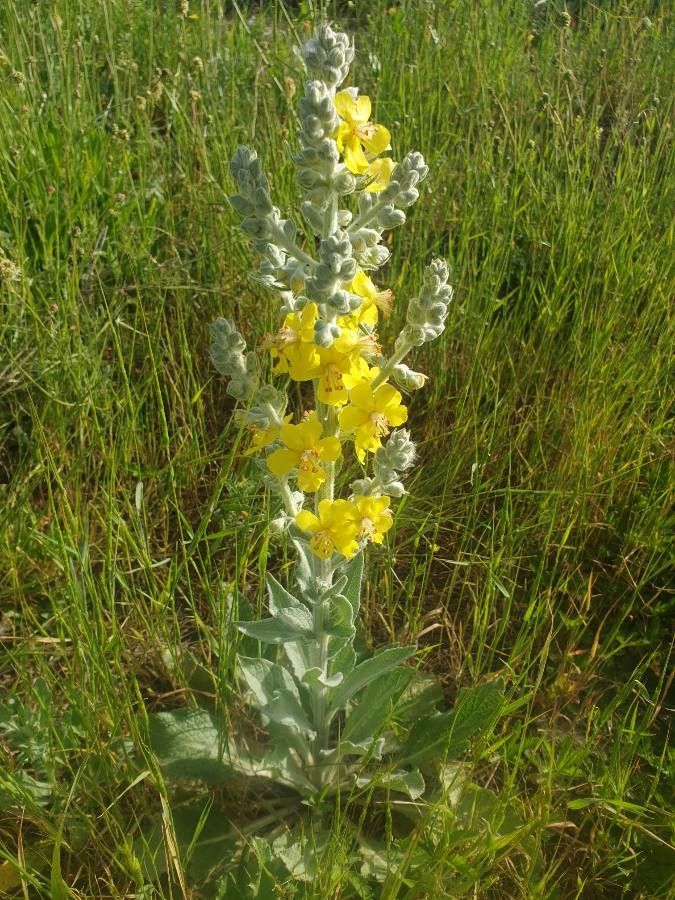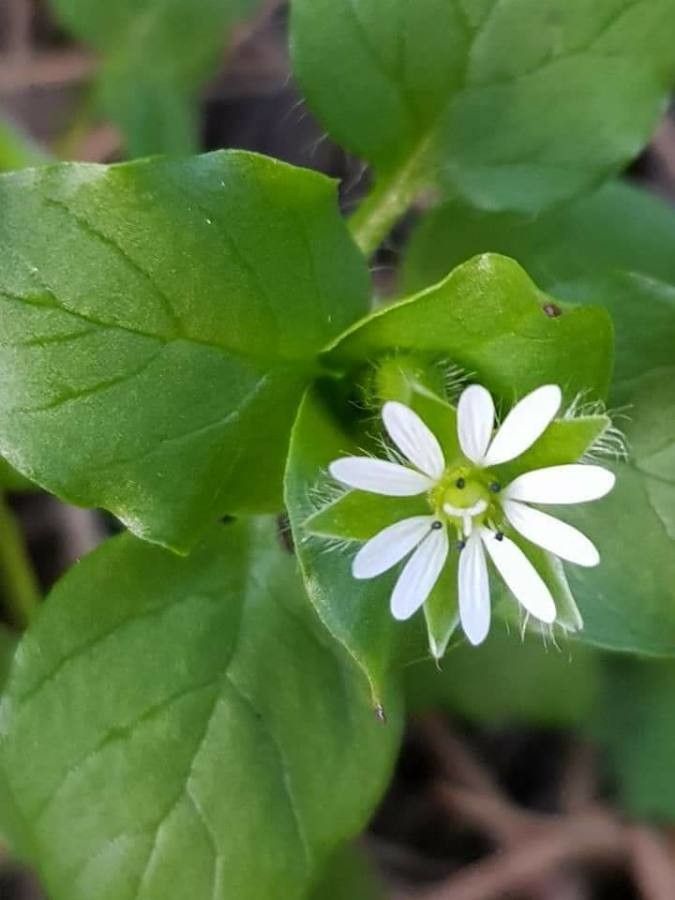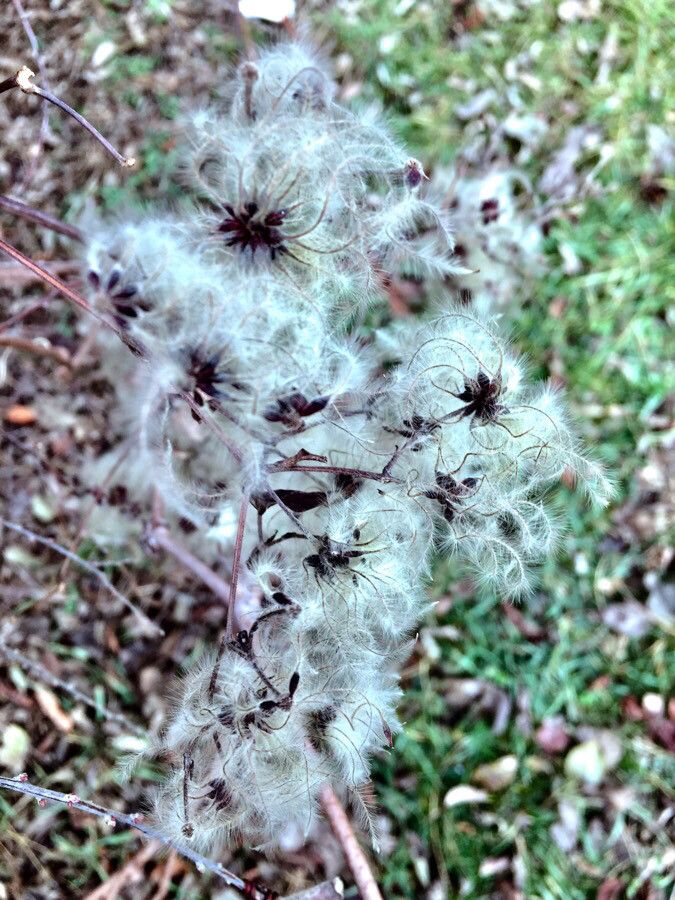## White Mullein: A Majestic Biennial
White mullein ( *Verbascum thapsus*) is a striking biennial plant belonging to the Scrophulariaceae family, known for its impressive size and velvety leaves. This plant, often found in disturbed areas and roadsides, is more than just a pretty wildflower; it holds a rich history of medicinal and practical uses. Its imposing stature and unique appearance make it a fascinating addition to any garden, provided you understand its needs.
### Habitat and Growth
White mullein thrives in full sun to partial shade conditions. It's remarkably adaptable to soil types, tolerating poor, dry soils but flourishing in well-drained locations. While it can handle a variety of soil pH levels, it generally prefers slightly alkaline to neutral conditions. This plant is remarkably drought-tolerant once established. As a biennial, it completes its life cycle over two years. The first year focuses on developing a rosette of large, silvery-hairy leaves, creating a dense, basal clump. The second year sees the emergence of a tall, flowering stalk that can reach heights of 2-6 feet, bearing dense spikes of small, yellow flowers. These flowers attract a variety of pollinators.
### Cultivating White Mullein
Growing white mullein from seed is relatively straightforward. Sow seeds directly outdoors in the spring or fall. The seeds need light to germinate, so only lightly cover them with soil. Germination typically occurs within a few weeks, but it can be slow. Thin seedlings to about 1-2 feet apart to allow for proper growth. Once established, white mullein requires minimal care, resisting most pests and diseases. However, regular watering is crucial, especially during dry spells in the first year. Deadheading spent flowers can encourage longer flowering periods, though the plant will eventually die after setting seed.
### Medicinal Uses and Cautions
Historically, white mullein has been used for a variety of medicinal purposes. The leaves and flowers contain various compounds believed to possess expectorant and anti-inflammatory properties. These properties have traditionally led to its use in treating respiratory ailments like coughs and bronchitis. However, it's crucial to emphasize that while some evidence supports these traditional uses, more rigorous scientific research is needed. Always consult with a healthcare professional before using white mullein for medicinal purposes, particularly if you're pregnant, breastfeeding, or taking other medications. Internal use of mullein requires careful preparation to avoid potential irritation.
### Other Uses
Beyond its medicinal potential, the dried stalks of white mullein have been used as wicks for torches and lamps, showcasing its historical versatility. Its striking appearance makes it a valuable addition to wildflower gardens and naturalized landscapes, adding a unique textural element.
### Identifying White Mullein
Identifying white mullein is relatively easy due to its distinctive features. Its large, velvety, silver-grey leaves arranged in a basal rosette are characteristic. The tall, unbranched flowering stalk with densely packed yellow flowers further distinguishes it from other plants. However, always be certain of a plant's identity before using it for any purpose, especially medicinal ones.
White Mullein: Grow This Majestic Plant

Frequently Asked Questions
How to grow White Mullein from seed?
Sow seeds directly outdoors in spring or fall, lightly covering them with soil. Ensure well-drained soil and thin seedlings to 1-2 feet apart. Regular watering, especially in the first year, is crucial.
What are the medicinal uses of White Mullein?
Traditionally used for respiratory ailments like coughs and bronchitis due to potential expectorant and anti-inflammatory properties. However, consult a healthcare professional before using it medicinally.


